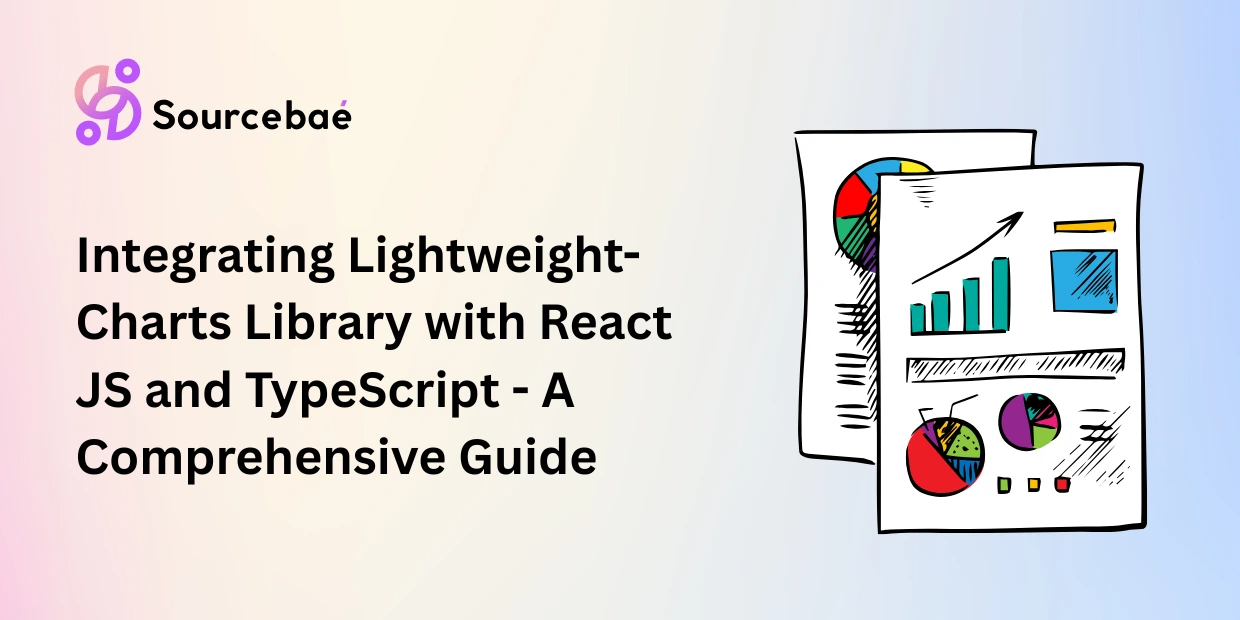In the world of web development, React has gained immense popularity as a powerful
JavaScript library for building user interfaces.
However, as technology advances and new frameworks emerge, it’s natural to question whether React is still the best option.
This article explores alternatives to React, evaluates their strengths and weaknesses, and provides insights into what makes them faster or lightweight.
So, if you’re looking for a better alternative to React or wondering if React is still the best framework, keep reading!
What is React?
Before diving into the alternatives, let’s briefly understand React. React, also known as React.js, is an open-source JavaScript library developed by Facebook.
It provides a declarative and efficient way to build reusable UI components.
With React, developers can create complex and interactive user interfaces by breaking them down into smaller, reusable components.
React’s virtual DOM (Document Object Model) efficiently updates and renders only the necessary components, resulting in faster performance compared to traditional approaches.
Its component-based architecture, one-way data flow, and extensive ecosystem of libraries and tools have made it a popular choice among developers.
What is a Better Alternative to React?
While React is undoubtedly a powerful framework, some alternatives offer unique features and advantages.
Let’s explore some of the better alternatives to React:
Vue.js
Vue.js is a progressive JavaScript framework focusing on simplicity and ease of integration.
It offers a gentle learning curve, making it an excellent choice for both beginners and experienced developers.
Vue.js allows developers to create interactive and dynamic user interfaces by combining HTML templates, JavaScript, and CSS.
With its intuitive syntax and clear documentation, Vue.js enables developers to build scalable applications efficiently.
It provides reactive data binding, a component-based architecture, and seamless integration with existing projects.
Vue.js also offers excellent performance thanks to its efficient rendering and optimization techniques.
Angular
Angular, developed by Google, is a comprehensive and feature-rich framework for building web applications.
It follows a component-based architecture and provides a robust set of tools and libraries.
Angular leverages TypeScript, a statically-typed superset of JavaScript, to enhance code quality and maintainability.
With Angular, developers can create large-scale applications with ease. It offers powerful features like dependency injection, two-way data binding, and a modular structure.
Angular also excels in terms of performance and provides built-in tools for optimization.
Svelte
Svelte is a relatively new and innovative JavaScript framework that takes a different approach to building user interfaces.
Unlike React and other frameworks, Svelte compiles components into highly efficient imperative code during build time.
This approach eliminates the need for a virtual DOM, resulting in smaller bundle sizes and faster initial load times.
Svelte simplicity and performance make it an attractive alternative to React. It offers reactive data binding, component reusability, and excellent tooling.
Svelte is especially suitable for building small to medium-sized applications where performance is a critical factor.
Preact
Preact is a lightweight alternative to React, providing a similar API and functionality. It aims to offer the same developer experience as React while minimizing the bundle size.
Preact is an excellent choice for projects where performance and bundle size are crucial, such as mobile applications or low-bandwidth environments.
Preact’s small size, efficient rendering, and compatibility with the React ecosystem make it a compelling alternative.
It’s a drop-in replacement for React, meaning you can use it without rewriting your existing React code.
Is React Still the Best Framework?
React has undoubtedly established itself as a dominant player in the world of web development.
However, whether it’s the best framework depends on various factors such as project requirements, team expertise, and performance goals.
React continues to evolve, with regular updates and improvements from the React team and the community.
React’s strengths lie in its extensive ecosystem, large community support, and many available libraries and tools.
It’s an excellent choice for complex applications that require a high degree of interactivity and performance.
React’s virtual DOM and one-way data flow make it efficient and suitable for large-scale projects.
However, it’s essential to evaluate other frameworks based on your specific project needs. As discussed earlier, Vue.js, Angular, Svelte, and Preact offer compelling alternatives to React, each with unique features and advantages.
It’s worth exploring these alternatives and considering factors such as learning curve, performance, ecosystem, and community support before making a decision.
What is Faster than React?
When it comes to performance, several factors determine the speed of a framework. While React is known for its efficient rendering and virtual DOM, some frameworks offer even faster performance in certain scenarios.
Let’s take a look at some frameworks that are considered faster than React in specific use cases:
Inferno
Inferno is an ultra-fast, React-like library with a focus on performance. It aims to provide a similar API to React while offering significantly faster rendering speed.
Inferno achieves this by implementing a highly optimized virtual DOM diffing algorithm.
In scenarios where rendering speed is of utmost importance, Inferno can be a better alternative to React.
However, it’s worth noting that Inferno might not offer the same community support and ecosystem level as React.
Preact X
Preact X, the latest version of Preact, is known for its exceptional performance. It retains the API compatibility with React but optimizes for size and speed.
Preact X is significantly smaller than React, resulting in faster initial load times and reduced memory usage.
If you’re working on a project requiring fast performance and strict size constraints, Preact X can be a suitable alternative to React.
What is the Lightweight Alternative to React?
While React itself is known for its efficiency and performance, there are frameworks that prioritize lightweightness and minimal bundle size.
These alternatives are ideal for projects where minimizing the payload size is crucial, such as mobile applications or low-bandwidth environments.
Let’s explore some lightweight alternatives to React:
Preact
As mentioned earlier, Preact is a lightweight alternative to React. Its small size makes it an excellent choice for projects where bundle size is a concern.
Preact provides a similar API and compatibility with React, allowing you to leverage the React ecosystem while reducing the overall bundle size.
Alpine.js
Alpine.js is a lightweight JavaScript framework that focuses on declarative rendering and interactivity.
It’s designed to work seamlessly with existing HTML markup, allowing you to add dynamic behavior to your web pages with minimal overhead.
Alpine.js is ideal for small to medium-sized projects where simplicity and lightweights are key.
Alpine.js is not a direct alternative to React in terms of features and functionality.
However, if you’re looking for a lightweight framework to add interactivity to your static pages, Alpine.js can be a great choice.
Conclusion
While React remains a dominant force in the frontend development space, there are alternative frameworks that can offer better alternatives depending on specific project requirements.
Angular, Vue.js, Svelte, and Preact are all viable options worth exploring. Developers should consider factors such as learning curve, performance, ecosystem, and project needs when making their decision.
By selecting the most suitable framework, developers can enhance productivity, improve performance, and deliver exceptional user experiences.
Visit SourceBae to hire best and skilled developers for your project without any hustle and hectic process.






